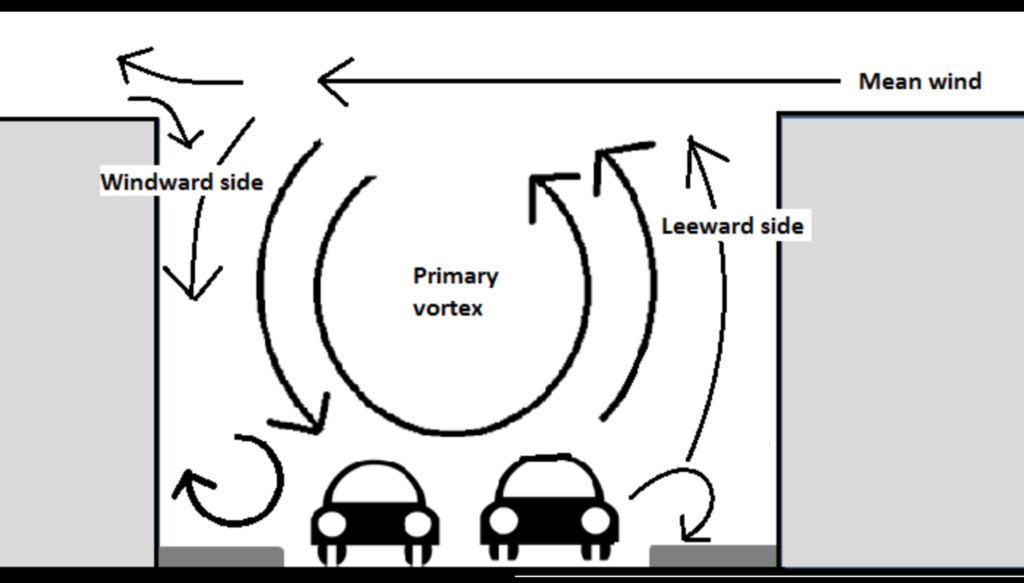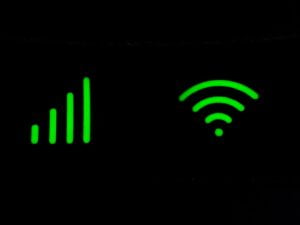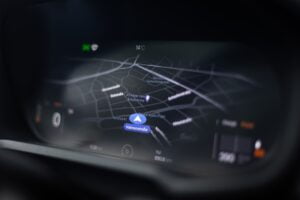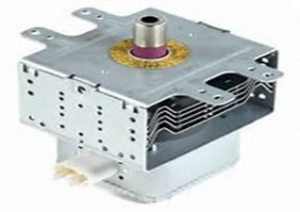The Urban Canyon Effect is nothing but the high skyscraper and tower buildings in an urban life posing effects in various aspects such as wind, temperature, air quality and even GPS and other radio signal Reception. The evolution of architecture, culture and infrastructure have forced the urban landscape to evolve in a way where small areas should be equipped to accommodate a large number of people. Therefore, people scaled the cities vertically and this blog discusses the effect of that vertical scaling of the cities and their classifications.
Classification of Urban Canyons
Every city with high skyscrapers and tower buildings has its own unique geometry. Usually, The Urban Canyon is defined as the narrow streets with tall buildings on both the sides of the road, creating an immersive canyon like environment. Whereas, a key parameter is used in categorizing the canyons of the modern world is the Aspect Ratio, the ratio is the Canon Height which is denoted as H to Canyon Width which is denoted as W. This ratio is used in categorizing the street canyons.
- Regular Canyon: Aspect Ratio ≅ 1, with no major gaps between the walls of canyon
- Avenue Canyon: Aspect Ratio < 0.5
- Deep Canyon: Aspect Ratio ≅ 2
Other Than this, canyons are sub classified based on the length of the Street canyon ( L ) to the Height,
- Short Canyons: L / H ≅ 3
- Medium Canyons: L / H ≅ 5
- Long Canyons: L / H ≅ 7
Even the Symmetry of the canyons plays a role too, with more symmetric canyon structures and Asymmetric having different characteristics. There is also another type of canyon called the step-up canyon where there is unique heights for the buildings between the upwind and downwind side of the streets.
Effects of Urban Canyon
Temperature:
Urban Canyons are the important reason for the Urban Heat Island Effect. The Urban Heat Island is when the temperature within the canyon is elevated by 2 to 4 degree celsius. There are many factors that influence this increase in the temperature. Streets with a higher sky view tend to cool quicker. Whereas the lower ones retain the heat and contribute to the Urban Heat Island effect.
Wind:
The Wind pattern in the urban canyons goes through a great modification. The velocity of the wind near the roof of the high tower building increases, resulting in a strong shear layer at the building’s height. The direction of these winds is correlated with the street’s orientation and the shape of the flow. When the wind is parallel to the canyon, a channel effect occurs, accelerating the windflow. If the wind is perpendicular, vertically rotating wind flow creates complex vortexes.


Air Quality
The correlations between temperature, wind and air quality is evident in the urban canyons. When wind flows parallel to the street, the pollutants are dispersed and improves the quality of the air in the canyon. Likewise, when the wind is perpendicular, the air flow is confined, leading to elevated pollutant levels.
GPS Signal Reception
Tall buildings in the canyon can affect the GPS signal strengths, leading to shadowing and multipath effect. These affect the GPS signal reception, resulting in the less accurate position data calculation by the GPS receivers.

Conclusion
In Conclusion, the Urban Canyon effect is caused by tower and skyscrapers in the city area, leading to various impacts such as altered wind patterns, increased temperature causing Urban Heat Islands, air quality changes and GPS Signal degradation.



